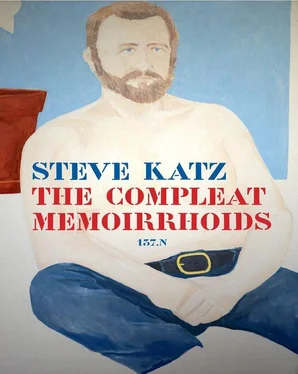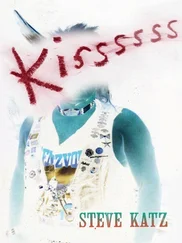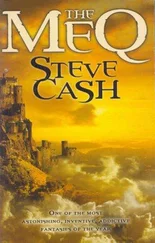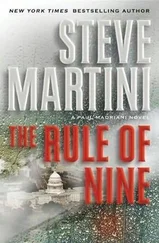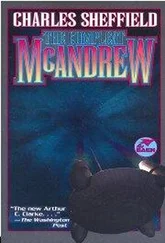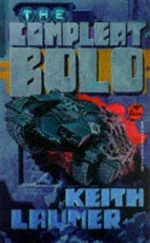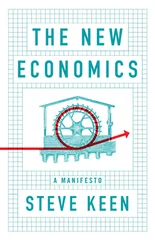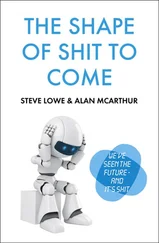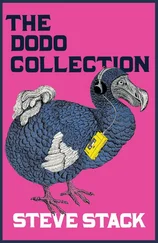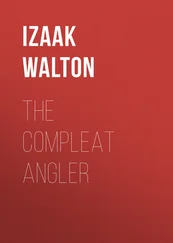Clarence once offered to let me stay overnight in one of the “rooms” of his mansion. This was a cubbyhole, a tubelike space similar to what I’ve seen advertised as accommodations in cheap Japanese hotels, but his was slathered with tar. He had embedded a TV tube in tar at the foot, and another on the ceiling at the head so lying on your back you might watch it. I doubted they were hooked up but didn’t stay to find out. It felt cowardly to refuse the hospitality, though I don’t think Clarence even noticed me gone.
Clarence’s fans wanted his place preserved, turned into a national treasure, but we were in a minority. Many of his neighbors despised him as they looked to their property values. Despite Woodstock’s reputation as an open liberal place, it had a persistently bourgeois heart. Clarence’s wild looks and recycling survival strategy was too extreme for the town’s population. Vandals often attacked his place. He was tossed into the hoosegow in Kingston once for defending his art from three men who were tearing down the “junk” in his backyard. He whacked at them with the butt of a rifle. “This fateful day is a day of infamy,” he wrote in his Bible while in jail “shrouded within a dark cloud of bereavement and deeply rooted in the regretful act of vandalism thrust upon my hopeless art. Art is the only clean thing on the face of this earth except venerable holiness. Art may err but nature cannot miss its everlasting beauty, and dust is for a time only.” Bill Lipke said that Clarence didn’t think of what he did as art until several people introduced the idea, then he locked onto it like a barnacle onto an oyster.
He wrote in his Bible, from the rest home he was put in after he could no longer maintain his life at Journey’s End , and was found sleeping in doorways, “Lost in a deep sea of bewilderment, quandary, hoping upon hope of my successful pulling myself up and out of this travail maelstrom of dire circumstance that has so vilely engulfed me somewhere out of this impenetrable darkness of suspense and untold anxiety that completely surrounds me, holds me captive, and so subject to the emanation of the gods of fortune and judgement sentenced upon me, inconceivably powerful forces, of my mind, carries & graciously transports me along, a flower strewn path of hope, fortified by the blissful sphere of righteousness to guide me in my desperate pursuit of happiness, via my creative art.” These notebooks have pages of this overblown rhetoric of despair, always redeemed by his luminous visions of art.
As Clarence succumbed to diabetes and other health problems his place quickly deteriorated, reduced to rubble by 1974, nothing left there any more. It would have taken a devoted establishment to preserve his accomplishment. Everyone was too willing to forget about him. No one wanted to do the work. Perhaps it was fitting. Garbage back to garbage. Rubble to rubble. Thirty years after his death someone found his ashes, forgotten in a corner of a Woodstock mortuary, no one to mourn for him, no one to celebrate his passing.
What is left for me is worrying the idea of what he meant for me at that time. Whatever miseries I conjure and embrace for myself, I expect to be redeemed by art. The artist and the pursuit of art seem some of the few elements of sanity available now in our society so grotesque with greed, ignorance, selfishness. Clarence was outside all controlling establishments, including the art establishments. Including the comforts of family. From that I took enormous reassurance and inspiration, struggling against each tentacle of the establishments that squeezed myself. We live on our planet both overwhelmed and undermined by our own garbage. Clarence seemed to provide an antidote to that. He was the septic superman. It wasn’t absolute freedom. He was perhaps more trapped than the rest of us by his own mind, but he dealt deliriously with whatever was thrown at him, with his own visionary panache.
Richard once described a phenomenon he witnessed at a quarry on an island off the coast of Great Britain. He went there to choose two huge stone slabs for a site specific commission he was going to install somewhere in his world. All the quarry workers gathered near before they split and separated the stone. They assembled to see what they called “the clark.” I’ve never heard that term before or since; in fact, I’d never heard of this phenomenon before. When they cracked, split, and separated the large block into halves there was, on the surfaces formerly fused, a glow, an electrostatic scintillation across the newly exposed faces. The quarry workers had an almost religious awe of this “clark.” Richard, as the greatest sculptor in the world, is uniquely privileged to witness such rare phenomena, and I was privileged at the time to hear him describe it.
When I try to understand for myself the splitting of one of these Memoirrhoids from the insurmountable falaise of memory I like to think of it as analogous. I free some piece into its own form and there is a scintillation, a sparking of energy on the face of the language stretched across the page; at least, I hope for this, a glow of significance, a presence. Every work of real art is present and undeniable, an elevation of itself, as if it says, “Yes! Here I am. Can’t ignore me.” When I come back to read it again maybe in a month, a year, I am grateful for any residual glow that remains as truth.
Writing the distant past in these Memoirrhoids always seems to draw out more flavor than trying to serve up the more recent past, like any of these yesterdays nearby. I don’t suffer from short term memory loss. I manage my days more or less smoothly, on a fuzzy schedule, and don’t repeat myself too often. Sometimes I misplace my keys, my wallet, the remote, and occasionally lose a scrap of paper on which I have scribbled an important phone number.
The distant past always emerges more clearly as emblems, icons, glyphs. Yesterday has no shape yet, remains dull, a broken line, as yet too amorphous for language. It takes many changes of weather for a memory to ripen into the present. It feels as if the recent past is more remote, out of reach, out of focus; while the distant is right here, plumper, riper, and more ready for the present feast.
It was the best of times. The worst of times was a brief ramble down the road. School was almost over, almost graduation for me from Cornell. Long Cadillacs full of proud parents jammed the roads around the hill. In the old red brick Andrew D. White art museum they had set up a conference room with a podium and lines of folding chairs. This was the last reading of our college careers. Harold Schimmel and I were about to sing our swan songs. A few folks from the English Department, several visual artists, some parents and local citizens, made for a small gathering. Thomas Pynchon, a bit older than we were, graduating the year after us, because he had spent four years in the navy, sat next to Baxter Hathaway and Richard Fariña. As a student editor of Epoch magazine I looked at a couple of Pynchon stories that had impressed the faculty. My recommendation was that they send the future giant to succinctness school before they publish him. Never happened. I still feel he might have profited from being locked in a Borges room for a few years.
WD. Snodgrass, a poet on the faculty, read first from his Heart’s Needle , the book that would win him the Pulitzer later that year. At a certain point into his words he started to weep. I was impressed. He was too emotional to go on. My turn was next, hard to follow a weeping poet with some fledgling prose. I read from an unfinished piece called “Salton Sea.” That place, with a name I could taste, seemed so romantic to me then. They grow dates there in the scorching sun. Now I know it because the critic and bon vivant Larry McCaffery lives in the nearby Borrego Springs, and the poet, Alice Notley, comes originally from Needles, which is not too far away. “To the Salton Sea, where the Colorado River jumped its banks to form…” it started. I never finished the piece, and don’t know if it lies now, full of youthful romance, anywhere in my archive. Harold Schimmel read next, some poems torqued with yearning, in English. “To Betsy To Come Down From The Apple Tree” starts “Petals raining down on me…,” and another elaborating an emotionally fat image of his feelings as a boat in a harbor attenuates into, “lights are strung from mast to bow.” Schimmel and I later lived close to each other in Lecce, in the Salento, the heel of the Italian boot. He soon moved to Jerusalem and started to write in Hebrew. That was a loss to the American language. He was the first to ever show me poems by Frank O’Hara. I was jealous of the fact that Nabokov, after reading Schimmel’s poems in the Cornell student literary magazine, summoned him to his office to have his wife and assistant Vera offer encouragement.
Читать дальше
